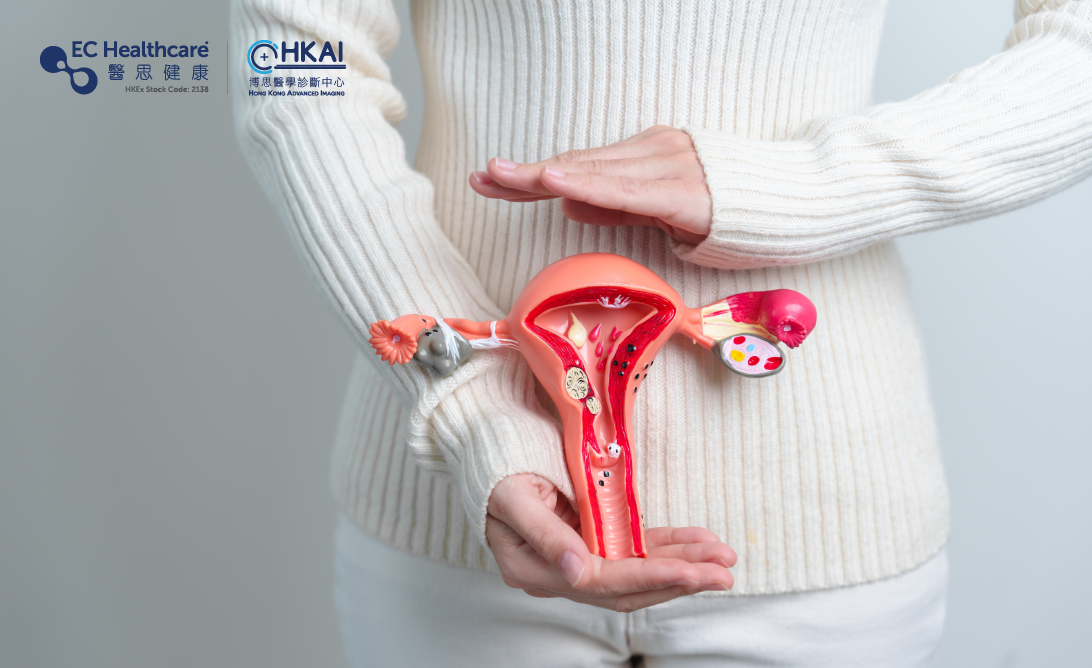Uterine Fibroids in Younger Women: Prevention and the Role of MRI


Many women suffer from menstrual cramps, but did you know that it could be related to uterine fibroids? Uterine fibroids are a common gynaecological issue that typically affects women in their 40s to 50s. However, recent studies have shown that more and more younger women are developing this condition, with a 20-30% incidence rate among women aged 25-35 who are of childbearing age.
The symptoms of uterine fibroids depend on their location and size. If you struggle with menstrual cramps, prolonged periods, heavy bleeding, frequent urination, infertility, or other related issues, stay alert and schedule further examinations as soon as possible, as these could be symptoms of uterine fibroids.

High-risk factors for uterine fibroids
-Heavy work-related stress and anxiety
-Overweight
-Hormonal imbalance
-Often consume oestrogen-rich foods (e.g., meat with oestrogen and tonic foods like edible bird's nests and hasma)
-Family medical history (e.g., If your mother has been diagnosed with uterine fibroids, you have a higher risk of the disease)
Are uterine fibroids benign or malignant?
Fortunately, most uterine fibroids are benign and unrelated to uterine cancer, and will not increase the risk of cancer in the future. They usually shrink slowly after menopause. Uterine fibroids can have a diameter ranging from 1 to more than 10 centimetres and can be classified according to their location as subserosal, submucosal or intramural fibroids. If the fibroids are small and asymptomatic, they generally do not require treatment until they grow in size and cause symptoms. Women can undergo regular ultrasound scans to monitor the progression of their uterine fibroids.
The latest HIFU technology can treat uterine fibroids
Traditional treatments including open surgery, minimally invasive surgery and hysteroscopic surgery carry a risk of complications, which can cause great distress for women of childbearing age. They are also afraid of making the decision to remove the fibroids or the uterus, that’s why they often delay the treatment.
The latest non-invasive uterine fibroid treatment is magnetic resonance-guided focused ultrasound. It uses magnetic resonance imaging (MRI) to accurately locate the position of the fibroids and uses the heat from high-intensity focused ultrasound (HIFU) to ablate the tumour tissue. This technology enables doctors to monitor the temperature and location of the targeted area in real time, hence achieving precise treatment that is safer than traditional surgical treatment. It will not harm surrounding healthy tissue and can preserve the uterus and its functions. What’s more, this completely non-invasive treatment requires no incision and anaesthesia during the process, guaranteeing no wounds, no tissue adhesion, no bleeding, and a short hospital stay and recovery time. Patients only need to lie on the machine comfortably during the process. The risks and inconvenience of traditional surgical treatment are no longer a concern, making it a blessing for female patients!






